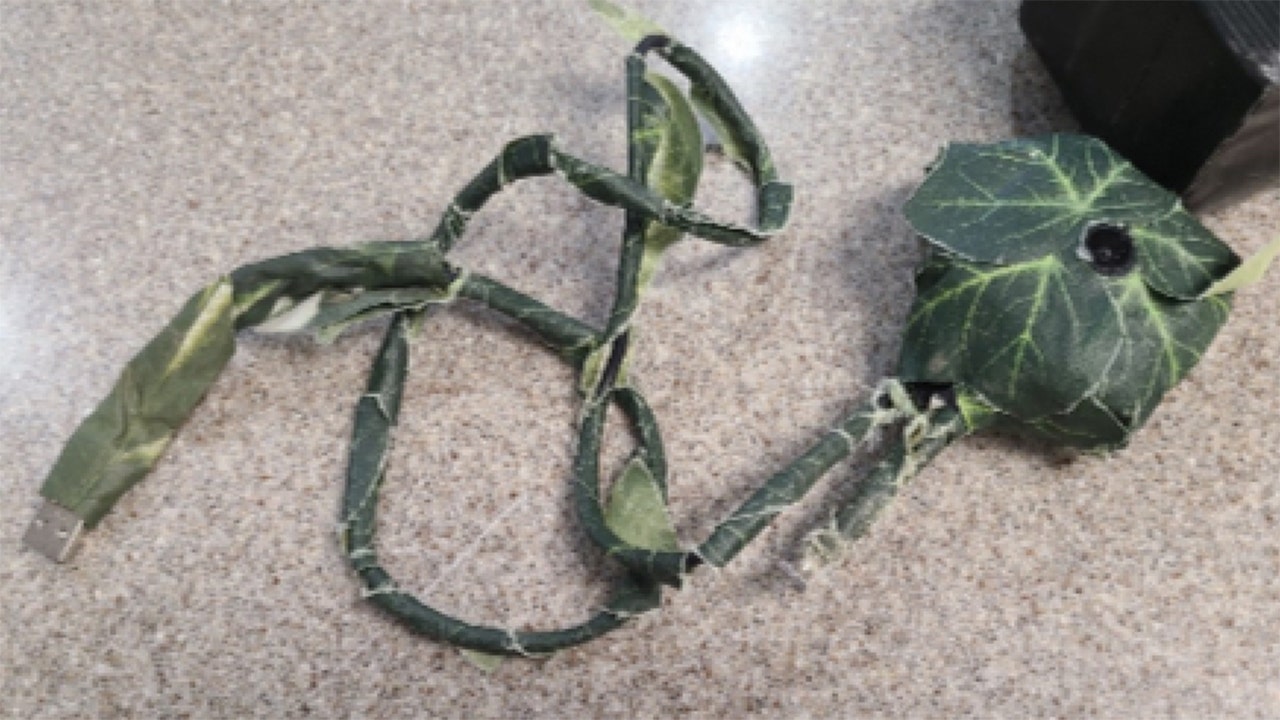This informal cease-fire, though, has not been embraced by the Houthis, who have declared that they will not stop firing at international ships, the U.S. Navy or Israel, at least until there is a cease-fire in Gaza. Last weekend, the Belize-flagged cargo ship Rubymar, which the Houthis hit with an anti-ship ballistic missile on Feb. 18, became the first vessel to entirely sink in the Bab el-Mandeb Strait, as a result of a Houthi missile attack. It created a huge ecological mess of leaked fuel and the fertilizer it was carrying. Thank you, Houthis.
And that leads to the third dangerous aspect of this shadow war. At every base we visited there was a top-secret room journalists could not go into, called the combat integration center. Inside, young American soldiers (and sailors on Navy vessels) stare at screens, try to identify the myriad objects flying toward them and decide by its radar and visual signature whether to engage one, ignore another or let a third go by, figuring it is going to miss and land harmlessly. Discipline is important when you’re firing $200,000 interceptors at $20,000 Iranian drones, a Centcom officer told me.
These operators often have less than 90 seconds to make up their mind whether to engage an incoming drone with a Coyote drone-interceptor that can detect and destroy attack drones at very close range and can be launched from ground vehicles, helicopters or surface vessels.
In other words, every day is pregnant with a low-probability-but-high-consequence event. And the first, and often last, line of defense is usually a 20-something U.S. soldier or sailor squinting at a computer screen, trying to decide with software within seconds what is coming his or her way and engaging the right countermeasures.
Amid all of this, I should add, we also visited Al Hol detention camp in the middle of nowhere in northeastern Syria, where some 43,000 people — mostly ISIS “brides” and their children — are being held in tents and prefabs under Kurdish guards until they can be deprogrammed and returned to their home countries. It is pretty strange to talk to an American or British woman who got drawn into the ISIS cult and hear that she has five or six kids by three or four different ISIS combatants, all of whom were killed by the U.S.-led coalition. Judging from the number of rocks some of the kids threw at our armored convey, the deprogramming process has a way to go.






